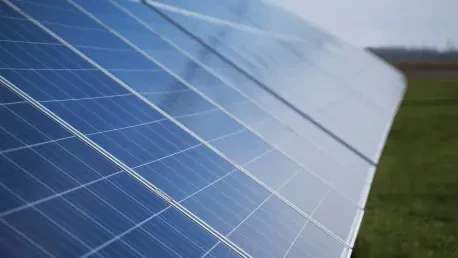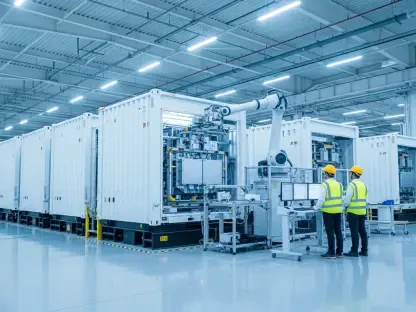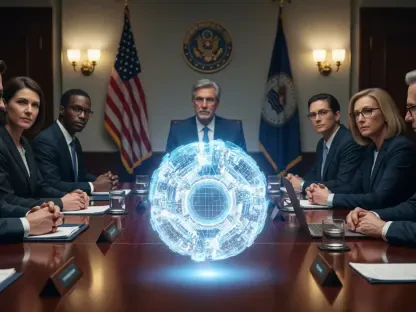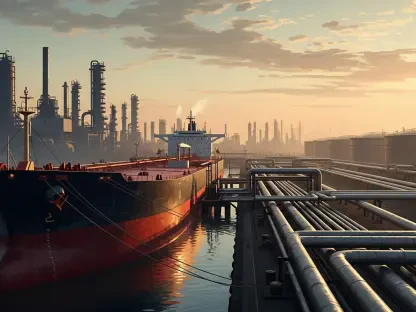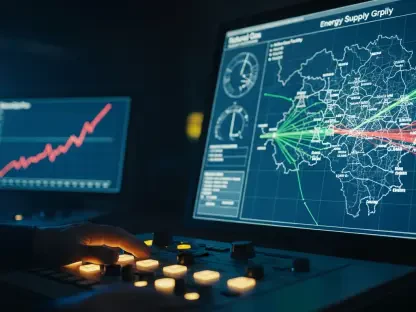In today’s discussion, we delve into the challenges faced by Vistra Energy as they transition from coal to renewable sources, specifically focusing on solar and battery storage projects in Illinois. Christopher Hailstone, a seasoned expert in energy management, shares insights on supply chain disruptions, trade policy impacts, and the implications of federal energy regulatory decisions. With a background in energy infrastructure and utilities, Hailstone provides clarity on issues affecting project timelines and the evolving landscape of renewable energy.
Can you explain the current status of Vistra’s solar and battery storage projects in Illinois?
Vistra is undertaking significant solar and battery storage projects at former coal-fired facilities in Illinois. These projects total 833 MW, with developments at both the Edwards and Joppa sites. They’ve been progressing since 2022, but equipment procurement challenges have caused important shifts in their timelines. Initially, Vistra aimed to have these projects operational by 2028, but securing the necessary technology has proven tricky, prompting requests to extend their completion dates.
What are the specific reasons for the delays in these projects?
These delays stem from several intertwined factors. Firstly, there’s the current global supply chain crisis affecting many industries, energy included. The Inflation Reduction Act has increased incentives for renewable energy, which in turn has rapidly boosted demand for electrical equipment. This heightened demand has stretched supply chains, causing unforeseen wait times for critical components.
How have import duties and U.S. trade policy affected Vistra’s project timelines?
Recent changes in import duties and uncertainties in U.S. trade policy have added layers of complexity to the supply chain issues. These alterations can delay imports of essential equipment and make planning more unpredictable. Consequently, Vistra’s timeline for acquiring necessary components has been significantly affected, contributing further to project delays.
What is the expected timeline for receiving critical equipment like transformers and breakers?
The timeline for transformers and breakers has extended beyond typical expectations due to these supply chain issues. Vistra has contracts for transformers with expected deliveries in late 2029, much later than initially planned. Meanwhile, acquiring breakers, which traditionally took 12 to 18 months, is now projected to take up to three years.
What are Vistra’s current interconnection agreement deadlines for the Joppa and Edwards projects?
Originally, the deadlines were set for August 31, 2028, for the Joppa battery project and December 31, 2028, for Edwards. Given the circumstances, Vistra has petitioned for a two-year extension, adjusting these timelines to ensure project viability without risking interconnection agreement terminations due to unmet deadlines.
Why is Vistra requesting a two-year extension for these deadlines?
With the current delays in obtaining crucial equipment, Vistra seeks additional time to secure technology and build the necessary infrastructure. These extensions are vital to ensure they uphold their commercial operation targets without facing punitive measures. The certainty over meeting extended deadlines will enable them to move forward confidently with procurement and construction phases.
How does Vistra ensure that its waiver requests meet FERC’s standards?
Vistra emphasizes that their waiver requests meet FERC standards by ensuring no negative repercussions for third parties. The requests are structured to prevent undesirable consequences and align with FERC regulations for grid operators. Vistra is securing clarity, showing that these extensions are essential to maintaining progress.
What are the potential consequences if the interconnection agreement deadlines are not extended?
Failure to secure these extensions could lead to the termination of the agreements, halting project progress and impacting electricity adequacy in Illinois and the MISO region. This scenario could hinder much-needed renewable capacity development and affect grid reliability.
How do Vistra’s supply chain issues compare to those faced by other grid operators like MISO and PJM?
Vistra’s experience reflects broader challenges within the energy sector. Similar difficulties have been observed across the MISO and PJM regions, with growing electric demand tightening power supply conditions. These patterns highlight the systemic nature of supply chain bottlenecks affecting infrastructure development nationwide.
What differences exist between FERC’s approval of PJM’s proposal and the rejected proposal by MISO?
The approval of PJM’s proposal aimed at hastening interconnection processes contrasts with MISO’s denied proposal, which encountered regulatory roadblocks. This variance points to differing approaches and requirements in project planning across regions, indicating distinct strategies for managing increased electric demand.
Can you describe any strategies Vistra is implementing to mitigate these supply chain challenges?
Vistra is exploring innovative contractual agreements to secure equipment and is actively engaging with suppliers to address bottlenecks. They’re assessing alternative suppliers and diversifying sourcing strategies to navigate delays and ensure project timelines are met.
How does Vistra view the long-term future of solar and battery projects amidst these challenges?
Despite current hurdles, Vistra remains optimistic about the future of solar and battery technologies. These projects are pivotal for transitioning to cleaner energy and enhancing grid reliability. Vistra anticipates overcoming present issues and contributing to sustainable energy development in the region.
Do you have any advice for our readers?
For individuals and entities investing in energy infrastructure, staying adaptable and responsive to policy changes and supply chain dynamics is crucial. Embracing innovation and fostering robust supplier relationships can mitigate risks and ensure steady progress towards sustainability goals.
